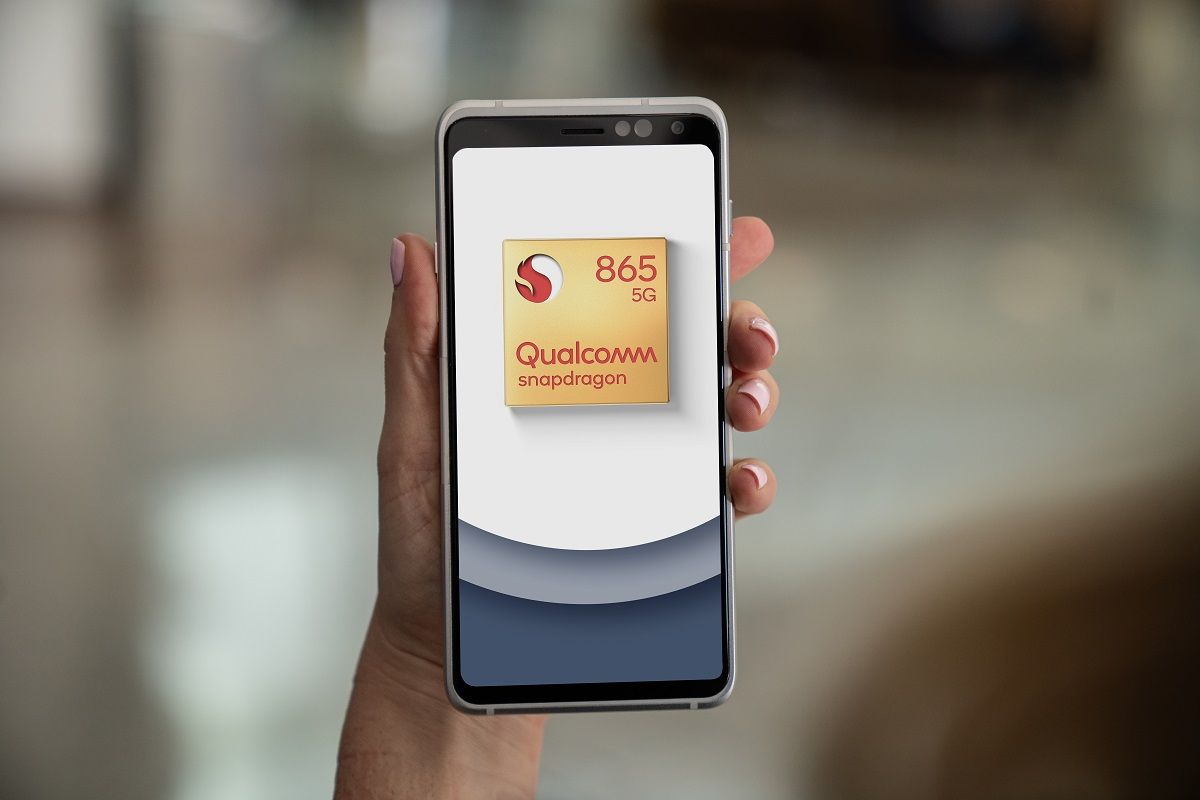Back in October last year, American chipmaker Qualcomm announced support for India's NavIC Satellite Navigation system in select chipsets. Then, earlier this year in January, the company officially announced the new Snapdragon 720G, Snapdragon 662, and Snapdragon 460 SoCs, with support for the Indian satellite navigation system. However, it's flagship Snapdragon 865 chip still doesn't support the Indian navigation system. Thankfully though, that's set to change soon as per a recent announcement from Qualcomm.
Qualcomm has now revealed that the Snapdragon 865 will be NavIC capable with its final software update. The company was quoted saying, "In October 2019, Qualcomm announced support for India's NavIC Satellite Navigation System in commercial chipset platforms and we are pleased to be working with ISRO to bring NavIV to Indian consumers and enhance their navigation experience via more accurate location performance, faster time-to-first-fix (TTFF) position acquisition, and improved robustness. Recent Snapdragon Mobile Platform launches such as Snapdragon 765, 720G, 662 and 460 support NavIC. Snapdragon 865 is NavIC capable with the final software update coming to our OEMs around April 2020."
The aforementioned "final software update" that will be released to OEMs later this year is the Board Support Package (BSP) that Qualcomm offers to OEMs. OEMs take the BSP and build their Android releases on top of it. This means that even if Qualcomm releases the final software update in April, it will be quite a while before the NavIC support reaches consumers via an Android update from their respective OEM.
For the unaware, the NavIC or Navigation with Indian Constellation system covers India and a region extending 1,500km from its borders to provide real-time positioning and timing services on two levels. The satellite system uses the L5 signal at a frequency of 1176.45 with a bandwidth of 24MHz (1164.45-1188.45MHz) and currently consists of 7 satellites with 2 on the ground as standbys. With NavIC support on Qualcomm's chips, users are expected to see a major improvement in location-based applications in India.

